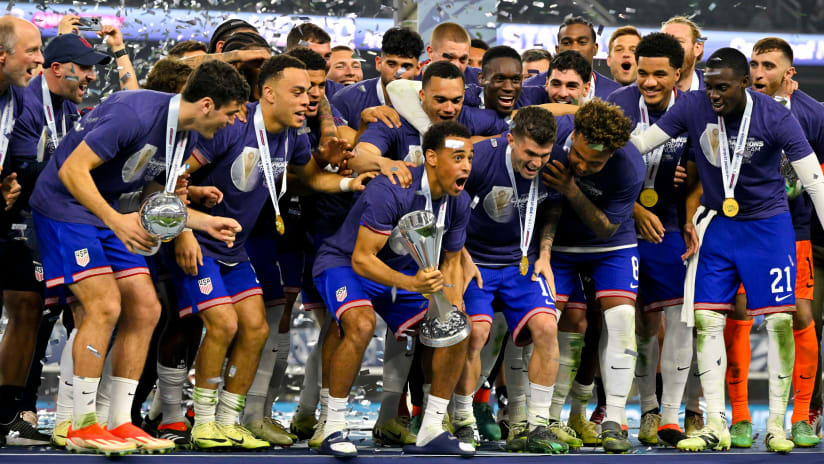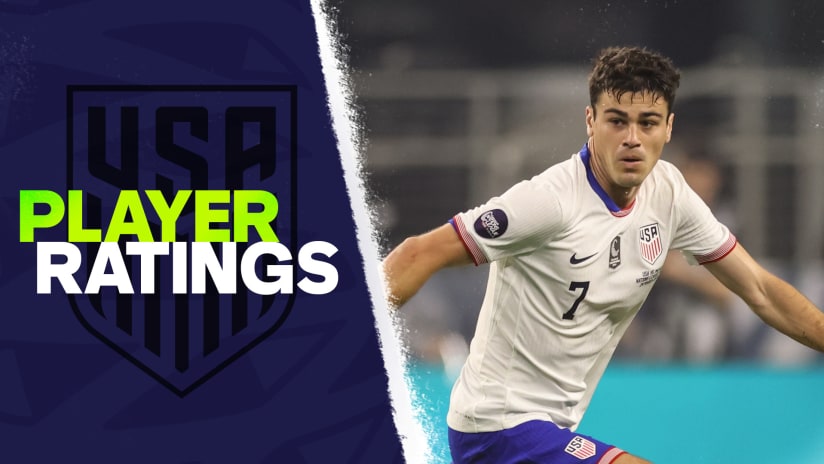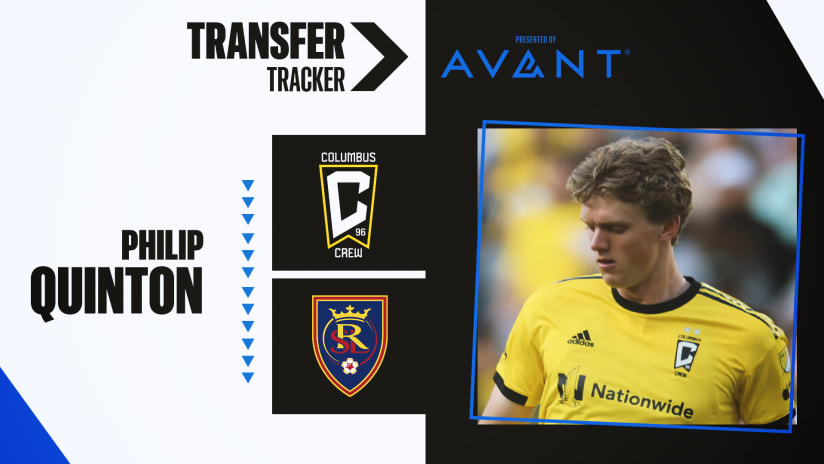The starting target forward was different and the shape was tweaked, but old habits die hard for the US women's national team. After knocking off Australia in the first match of the World Cup, the UWSNT attack sputtered against Sweden to a 0-0 tie.
With an important group-finale match against Nigeria Monday night (8 pm ET, Fox, NBC Universo), will we see yet another tactical shift from Jill Ellis? We might.
The major change from the Australia match was favoring Christen Press over Abby Wambach and inserting her as the focal point of the US attack against Sweden. Without Abby's tactical gravitational pull, a significant shift in organizational dynamics cascaded across the US passing network.
As with all vacuums, the void left in Wambach's absence pulled the surrounding objects together. Most notably, central midfielders Lauren Holiday and Carli Loyd played notably flatter in a system that could be characterized as a hybrid 4-4-2. In fact, it had shades of Brazillian 4-2-4's of World Cups long past.
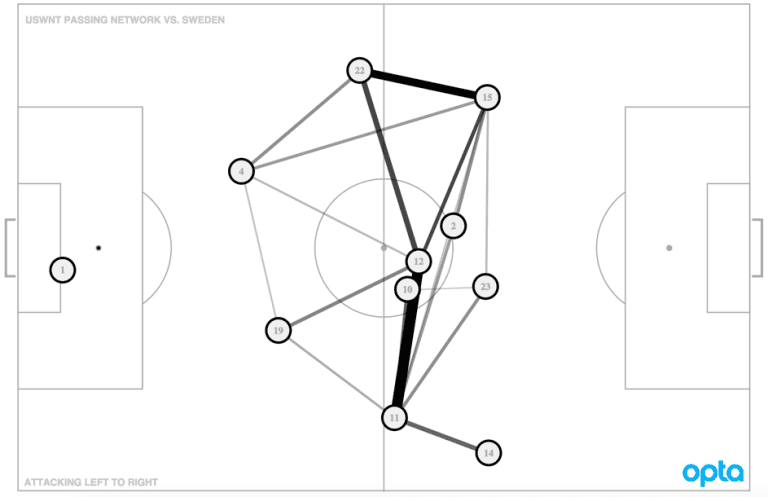
Being less of an aerial threat than her veteran teammate, Press was tasked with playing significantly deeper against Sweden than Wambach played against Australia. And as expected, Press received fewer “long” passes against Sweden than Wambach did in her match against Australia. Far fewer.
Press is a much more natural fit playing a “false nine” type role that I criticized Abby for meddling (or muddling) with during the match against Australia. More skilled with the ball at her feet, Press is much more inclined to connect and syncopate with central midfielders Holiday and Loyd. This made many fans happy, as it's certainly conducive to a much more attractive style of play.
But this seems to have caused an ironic (or maybe iconic) problem. Without Wambach, the US may have an even bigger “long ball” problem than before (which I suggested was perhaps overblown in the previous article). The frequency at which the United States are attempting long balls remains high, but their success rate dramatically plummeted against Sweden.

The USWNT were 12 for 41 in "direct" long passes against Sweden. That's a completion rate of 29.3 percent (“direct” being defined as passes that have a trajectory less than 45 degrees from pointing directly at the opposing goal).
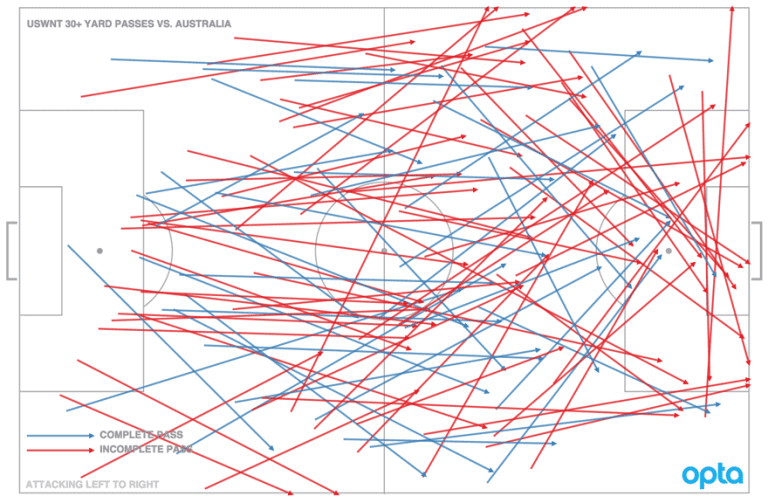
In comparison, the United States completed 23 of 52 “direct” long passes against Australia. That's a jarringly more efficient completion rate of 44.2 percent.
This is problematic. The USWNT have stuck to playing “Abby Ball” without Wambach on the field. And unsurprisingly, they're not as good at it without her to corral those long balls. There seems to be some kind of deep-seated reflex that has infiltrated the US psyche from playing with the ever-present, pressure-relieving crutch of Wambach for so long.
If the United States decide to continue playing without Wambach on the field, they must snap out of this mentality quickly. With possessions per game a frustratingly, yet somehow forgettably, finite resource, this drop in efficiency will restrict the number of potential goalscoring opportunities that the US can generate per match.
The Americans have a difficult decision to make. Embracing the aesthetically stunted, yet ruthless pragmatism of Abby as attacking “option A” (and probably “option B,” too) may prove to be their best chance at hoisting their first World Cup since 1999.



